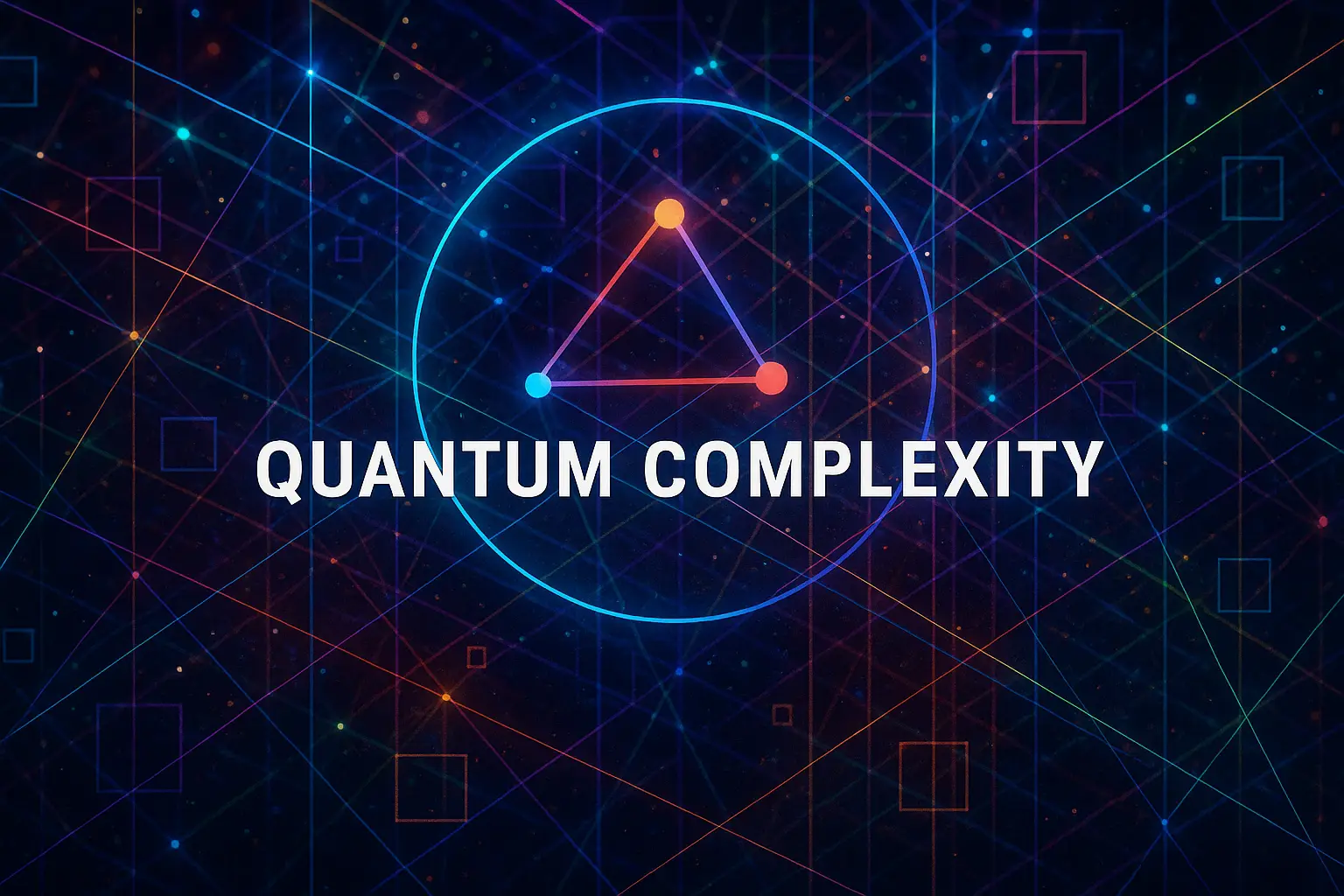Table of Contents
- Introduction
- What Are Black-Box Models?
- Motivation for Black-Box Separations
- Classical Black-Box Separation Examples
- Quantum Black-Box Access
- Oracle Constructions in Quantum Complexity
- Quantum vs Classical Separation Techniques
- Separating BQP from BPP via Oracles
- Black-Box Separation of BQP and PH
- Simon’s Problem and Hidden Subgroup Separations
- Oracle Separations for QMA and QCMA
- Relativized World Constructions
- Query Complexity and Oracle Models
- Limits of Black-Box Separations
- Relativizing and Non-Relativizing Techniques
- Algebraic and Combinatorial Oracle Designs
- Implications for Cryptography
- Separations and Quantum Advantage
- Open Questions in Black-Box Quantum Separations
- Conclusion
1. Introduction
Black-box separations (also called oracle separations) are used to demonstrate that two computational models or complexity classes behave differently when given access to the same abstract subroutine or “oracle.” In quantum computing, they highlight fundamental differences between quantum and classical complexity.
2. What Are Black-Box Models?
In black-box models, algorithms can only access information about a function or problem via queries to an oracle. They cannot analyze or exploit internal structure, making the oracle a powerful abstraction for studying complexity.
3. Motivation for Black-Box Separations
Black-box separations help:
- Prove relative strengths of complexity classes
- Show limitations of reductions or techniques
- Indicate that separating classes in the unrelativized world may require non-black-box methods
4. Classical Black-Box Separation Examples
In classical theory:
- There exists an oracle A such that P^A ≠ NP^A
- P^A = NP^A under other oracles
These show that questions like P vs NP are not resolvable by relativizing techniques alone.
5. Quantum Black-Box Access
Quantum algorithms query black-box oracles in superposition. This allows interference-based approaches that yield speedups, such as in Grover’s and Simon’s algorithms.
6. Oracle Constructions in Quantum Complexity
An oracle A can be constructed so that BQP^A ≠ BPP^A. These relativized separations demonstrate problems solvable efficiently with quantum queries that resist all classical approaches under oracle constraints.
7. Quantum vs Classical Separation Techniques
Quantum separations rely on:
- Query complexity bounds
- Fourier analysis over boolean functions
- Information-theoretic limitations
These differ from classical circuit or Turing machine arguments.
8. Separating BQP from BPP via Oracles
Examples include:
- Simon’s Problem: exponential separation
- Fourier Checking: relativized separation with polynomial advantage
Such results prove that BQP is strictly stronger than BPP relative to some oracles.
9. Black-Box Separation of BQP and PH
The Polynomial Hierarchy (PH) is suspected not to contain BQP. Oracle constructions support this:
- Oracle A such that BQP^A ⊄ PH^A
This strengthens the conjecture that quantum polynomial time goes beyond classical bounded hierarchy levels.
10. Simon’s Problem and Hidden Subgroup Separations
Simon’s problem and the Hidden Subgroup Problem (HSP) give exponential quantum-classical gaps. In the black-box model, they separate BQP from classical probabilistic classes with provable lower bounds.
11. Oracle Separations for QMA and QCMA
Oracles can separate QMA (quantum witness) from QCMA (classical witness). These separations help define the power of quantum proofs and verifiers, under relativized access.
12. Relativized World Constructions
Black-box separations imply that certain proof techniques won’t settle class separations without non-relativizing arguments. This forces researchers to explore new frameworks beyond oracle-based reasoning.
13. Query Complexity and Oracle Models
Query models formalize black-box access and define bounds on the number of queries required. These are central to quantum speedups and underpin black-box separation results.
14. Limits of Black-Box Separations
Such separations are not conclusive for the unrelativized world. A black-box separation does not mean two classes are actually different—it only shows that current relativizing techniques cannot prove equality.
15. Relativizing and Non-Relativizing Techniques
Relativizing techniques (e.g., simulation) respect oracle boundaries. Non-relativizing techniques (e.g., arithmetization, diagonalization) may bypass oracle limitations and are necessary for proving unrelativized separations.
16. Algebraic and Combinatorial Oracle Designs
Oracle functions are often constructed using algebraic properties (Fourier coefficients) or combinatorial gadgets (pseudo-random generators) to achieve separations without revealing structural shortcuts.
17. Implications for Cryptography
Black-box models relate to cryptographic hardness assumptions. Oracle separations help model scenarios where quantum adversaries outperform classical ones, influencing quantum security design.
18. Separations and Quantum Advantage
Demonstrating oracle-based separations helps validate claims of quantum advantage by showing fundamental limits of classical simulation, even with access to idealized resources.
19. Open Questions in Black-Box Quantum Separations
- Are there relativized separations between QMA and PSPACE?
- Can black-box techniques separate BQP from NP?
- Do all quantum speedups require black-box access?
20. Conclusion
Black-box separations remain a powerful tool in quantum complexity theory. They clarify class boundaries, challenge classical assumptions, and guide the search for new, non-relativizing proof techniques.


